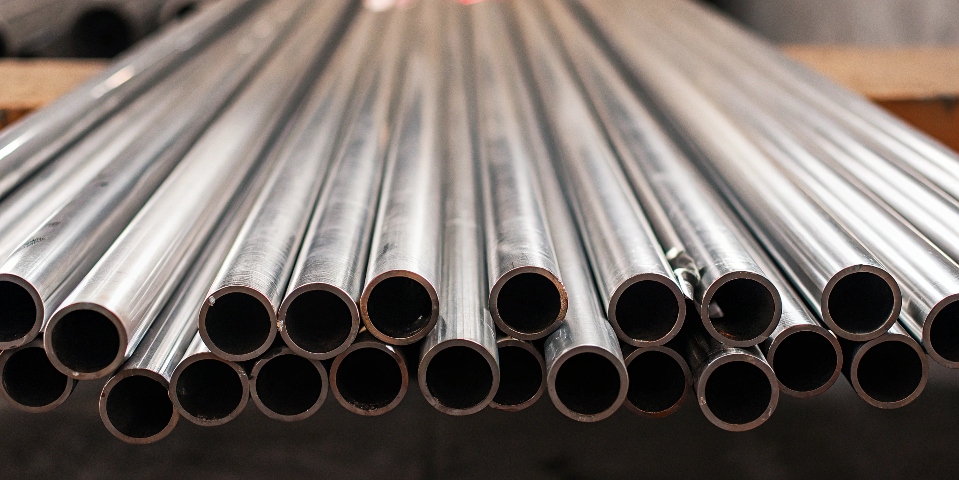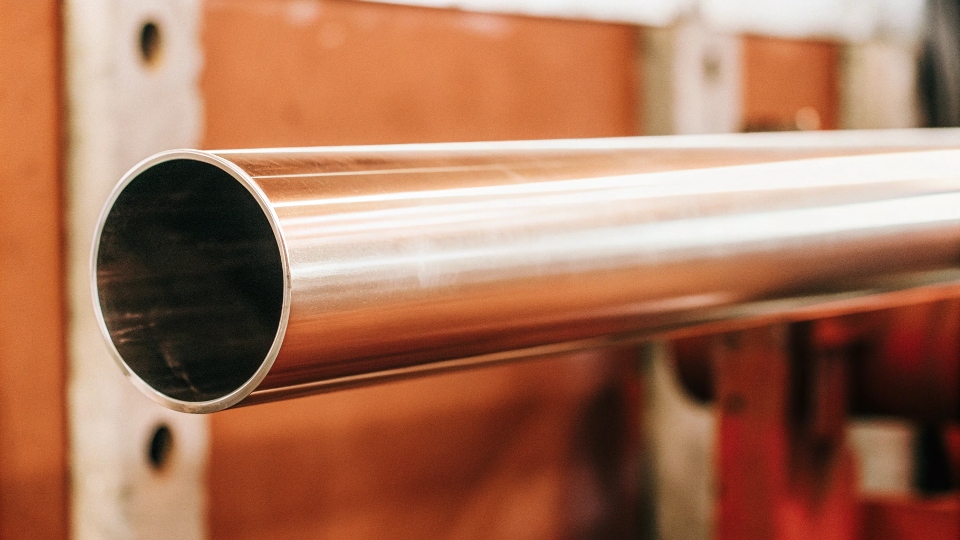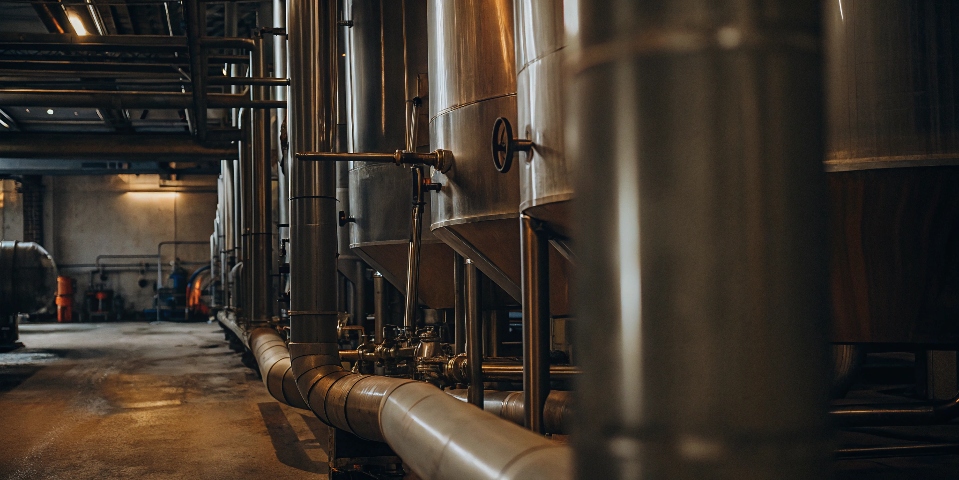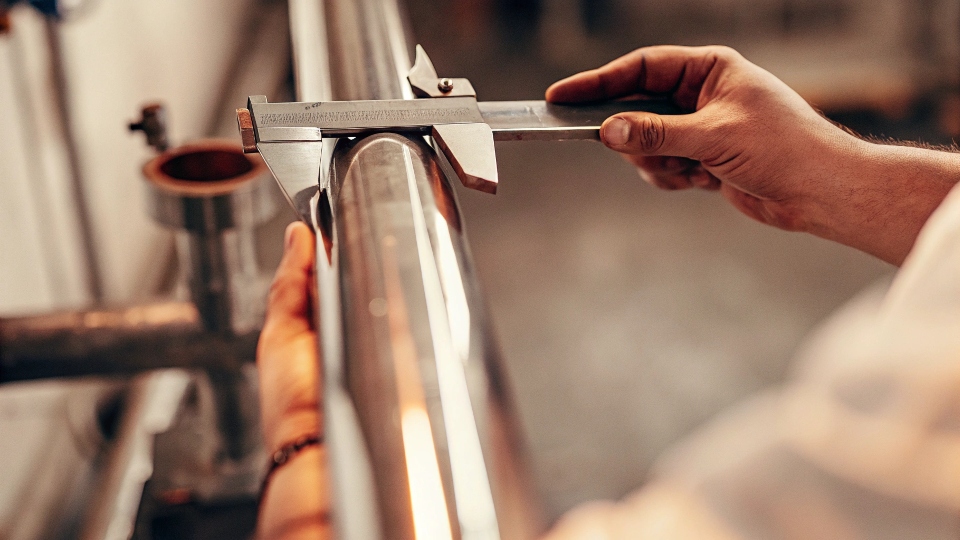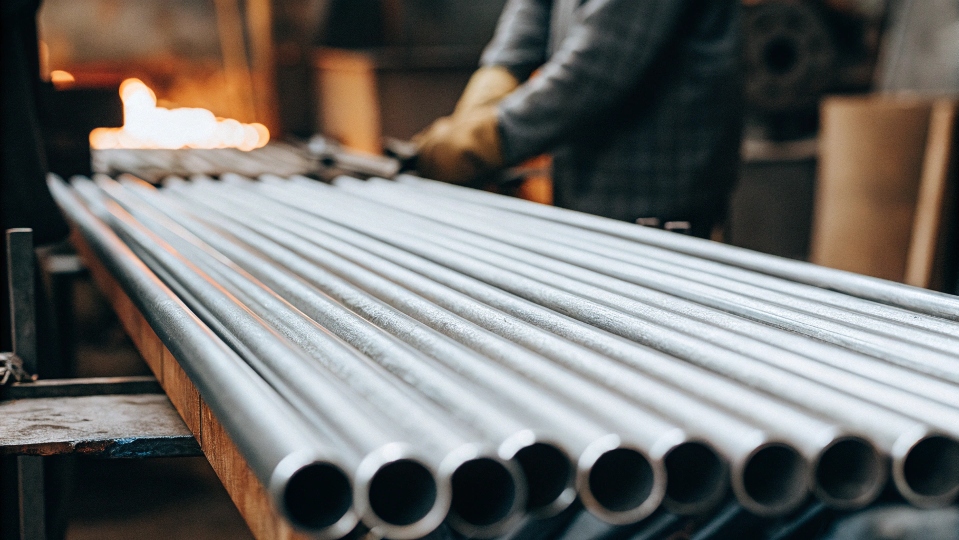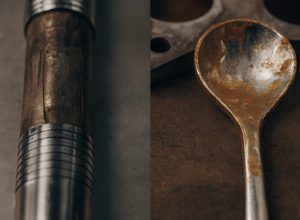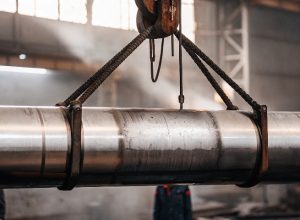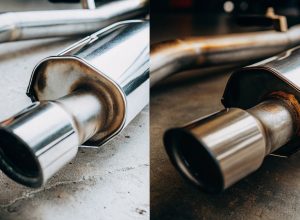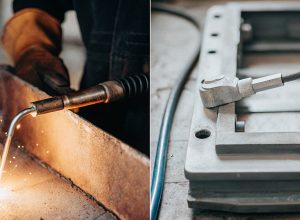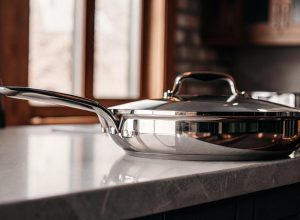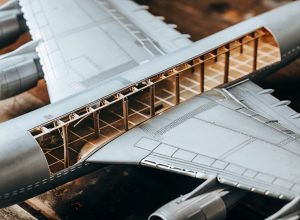¿Le cuesta encontrar un material que sea lo suficientemente resistente para trabajos exigentes pero también lo suficientemente moldeable para una fabricación compleja? Esta disyuntiva suele dar lugar a piezas pesadas y sobredimensionadas o a procesos de producción difíciles. Los tubos de titanio de grado 9 ofrecen la solución perfecta y equilibrada.
Los tubos de titanio de grado 9 (Ti-3Al-2,5V) son la mejor elección porque combinan una resistencia media, superior a la del titanio puro, con la excelente conformabilidad y resistencia a la corrosión necesarias para las aplicaciones de alto rendimiento. Sus propiedades, reguladas por normas como la ASTM B338, lo hacen excepcionalmente versátil.
As a technical manager with over a decade in the titanium industry, I’ve seen engineers wrestle with this challenge time and again. They need performance without compromising manufacturability. Grade 9 titanium is often the answer I provide. It hits that sweet spot. Let’s dive into the specifics of our 33mm x 3mm wall thickness tubes and explore why this material is trusted across so many critical industries.
¿Qué hace que el grado 9 (Ti-3Al-2,5V) sea tan especial?
¿Necesita un material ligero que no comprometa en absoluto la resistencia ni la durabilidad? El uso de metales más pesados añade peso innecesario, lo que puede aumentar los costes operativos y reducir el rendimiento general. Las propiedades únicas del Grado 9 resuelven exactamente este problema.
Sus características especiales incluyen una excepcional relación resistencia-peso, una extraordinaria resistencia a la corrosión y una excelente conformabilidad. Esta combinación única permite diseños ligeros pero duraderos, y podemos cortar tubos a longitudes personalizadas para satisfacer las necesidades exactas de su proyecto.
The alloy Ti-3Al-2.5V is what gives Grade 9 its remarkable personality. It’s often called the "workhorse" of titanium alloys for good reason. It delivers strength that is significantly higher than commercially pure grades, yet it doesn’t have the fabrication challenges of ultra-high-strength alloys. This means it can be cold-worked, bent, and formed with relative ease, a huge benefit that reduces manufacturing complexity and cost. On top of that, its resistance to corrosion from saltwater, acids, and other chemicals is second to none. For an engineer or sourcing specialist, this means you are getting a material that is not only strong and light but also incredibly durable and easy to work with.
I often advise clients who are considering other materials to look at the whole picture. Just last month, a client in the marine industry was planning to use a heavier nickel alloy for a piping system. I showed them how using Grade 9 would not only prevent corrosion but also significantly reduce the structure’s overall weight, improving efficiency without sacrificing an ounce of strength.
¿En qué industrias destacan los tubos de grado 9 de 33 mm?
¿Intenta encontrar un material único y fiable que pueda utilizarse en varias aplicaciones diferentes de alto riesgo? Hacer malabarismos con múltiples especificaciones de materiales aumenta los costes de inventario y la complejidad del aprovisionamiento. La versatilidad del titanio de grado 9 simplifica considerablemente este proceso.
Estos tubos destacan en industrias exigentes, como la aeroespacial para piezas estructurales, la de procesamiento químico para sistemas de tuberías, la de ingeniería naval para resistencia a la corrosión y sectores de alto rendimiento como el automovilismo. También se utilizan para armazones de instrumentos médicos.
Las equilibradas propiedades de nuestros tubos de grado 9 de 33 mm los convierten en los mejores en muchos campos. En las industrias aeroespacial y automovilística, donde cada gramo cuenta, su relación resistencia-peso es una ventaja crítica para los componentes estructurales. Para equipos químicos y marinos, su resistencia superior a la corrosión garantiza una vida útil larga y fiable, incluso cuando se exponen a sustancias agresivas o al agua salada. Esa misma durabilidad los hace ideales para sistemas de intercambiadores de calor y condensadores, donde deben soportar cambios constantes de temperatura y presión sin fallar. También se utilizan con frecuencia en aplicaciones médicas, como los marcos y estructuras de soporte de instrumentos quirúrgicos, donde la resistencia y la limpieza son primordiales.
From my perspective as a technical expert, reliability is everything. When a client in the medical field comes to me, they need absolute confidence in the material’s performance and traceability. Grade 9 provides that assurance. It’s a proven material that delivers consistent results, whether it’s for a race car chassis or a critical heat exchanger.
¿Cuáles son las especificaciones técnicas fundamentales de los tubos ASTM B338 de grado 9?
Can technical data sheets be confusing and slow down your procurement process? Misinterpreting key metrics like tensile strength or material standards can lead to ordering non-compliant parts, causing costly delays. Let’s clarify the essential numbers for Grade 9.
Las especificaciones críticas de este tubo de 33 mm vienen definidas por su composición material (Ti-3Al-2,5V), su norma de fabricación (ASTM B338 / ASME SB-338) y sus propiedades mecánicas, incluida una resistencia mínima a la tracción de 620 MPa y un límite elástico mínimo de 483 MPa.
To ensure you’re getting the right product, it’s vital to understand these specifications. The ASTM B338 standard is a guarantee that the tube is suitable for high-pressure and high-temperature applications like condensers. The mechanical properties tell you how the material will behave under load. Tensile strength (UTS) is the maximum stress it can withstand before breaking, while yield strength (YS) is the point at which it starts to deform permanently. Here are the key figures for our tubes:
| Especificación | Valor |
|---|---|
| Diámetro exterior | 33 mm |
| Espesor de pared | 3 mm |
| Material | Titanio de grado 9 (Ti-3Al-2,5V) |
| Estándar | ASTM B338 / ASME SB-338 |
| Resistencia a la tracción (UTS) | ≥ 620 MPa |
| Límite elástico (YS) | ≥ 483 MPa |
| Alargamiento | ≥ 15% |
The most important document I provide my clients is the Mill Test Certificate (MTC). This certificate is our guarantee that every tube in your shipment has been tested and meets or exceeds every one of these specifications. For us, quality assurance isn’t just a process; it’s a promise.
¿Cuáles son los tamaños de tubo de grado 9 más comunes y sus usos específicos?
Are you unsure which tube diameter and wall thickness is the right fit for your project? Choosing the wrong size can be a costly mistake, leading to wasted material or a part that isn’t strong enough for the job. Here is a quick guide to common sizes and their roles.
Common sizes range from small precision tubes under 12mm for medical devices and bicycle frames to large, thick-walled pipes over 60mm for industrial heat exchangers. The size and wall thickness are always selected to match the application’s specific structural and pressure demands.
El tamaño del tubo está directamente relacionado con su trabajo. Un tubo de diámetro pequeño es perfecto para trabajos delicados, mientras que un tubo grande y de paredes gruesas está hecho para la industria pesada. El tubo de 33 mm entra en una categoría intermedia muy versátil, adecuada tanto para sistemas de presión como para usos estructurales. Nuestra capacidad de producción abarca tanto los tubos sin soldadura como los soldados, para adaptarse a distintas necesidades y presupuestos. Aquí tiene un desglose más detallado de cómo se utilizan normalmente los distintos tamaños:
| Rango OD | Espesor de pared (WT) | Aplicaciones típicas | Why it’s chosen |
|---|---|---|---|
| ≤ 12mm | 0,5 mm - 1,5 mm | Catéteres médicos, tubos de bicicleta, piezas de instrumentos | Alta resistencia, ligereza y biocompatibilidad. |
| 16 mm - 33 mm | 1 mm - 3 mm | Conductos hidráulicos aeroespaciales, pequeños intercambiadores de calor | Propiedades mecánicas equilibradas para estructuras portantes. |
| 33 mm - 60 mm | ≥ 3mm | Tuberías químicas, sistemas de vapor, boquillas de recipientes a presión | Excelente resistencia al agua de mar y a la corrosión por cloruros. |
| ≥ 100 mm | ≥ 5mm | Estructuras aeroespaciales, tuberías submarinas | Alta resistencia estructural y buena soldabilidad para grandes construcciones. |
One of the key insights I share with my clients is to think about the manufacturing process. For a high-pressure system, a seamless tube is often the best choice for maximum integrity. However, for many structural applications, a high-quality welded tube that meets ASTM standards can offer a more cost-effective solution without sacrificing performance. It’s about matching the right product to the right job.
Conclusión
En resumen, el tubo de titanio de grado 9 es un material increíblemente versátil que ofrece una solución fantástica para los ingenieros que necesitan resistencia, conformabilidad y durabilidad a largo plazo en un solo paquete.

